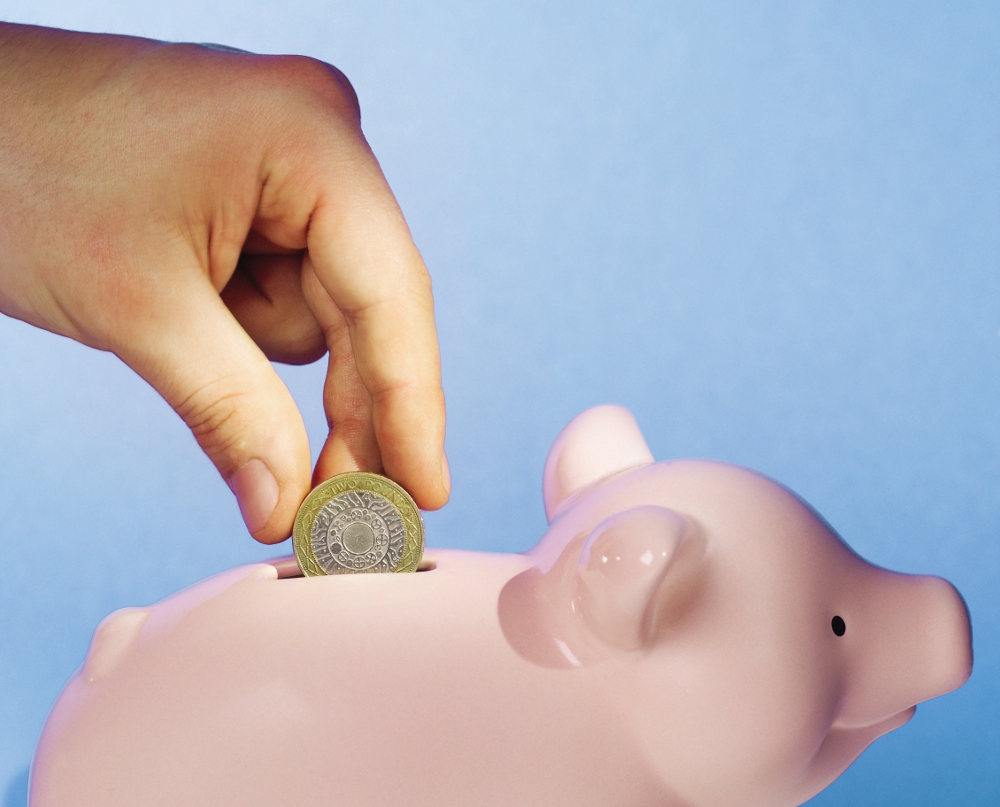News
20 years ago: £2 coin launched and a litre of petrol cost just 66p

Written By:
Guest Author
Posted:
15/06/2018
Updated:
15/06/2018
Guest Author:
YourMoney.comThe £2 coin turns 20 today and in those two decades, technology has advanced, as have prices on everyday goods and services. Here are 10 facts to commemorate the anniversary.
GoCompare Money shares 10 facts about the bi-coloured coin:
- The £2 coin was launched on 15 June 1998
- It was launched seven months after the original intended issue date in November 1997. The delay followed concerns from the vending industry
- The Royal Mint launched a public competition for a design of the reverse of the first £2 coin. The winning design, by Bruce Rushin, an art teacher from Norfolk, featured a series of concentric circles depicting technological development from the Iron Age to the Industrial Revolution, the Computer Age to the internet
- The £2 coin was the first bi-metallic coin issued in the UK since the tin farthings with a copper plug in 1692
- There are 37 different £2 coin designs currently in circulation
- Three new commemorative designs will be released in 2018. These mark 200 years since the publication of Frankenstein, the 100thanniversary of the Royal Airforce and 100 years since the World War 1 Armistice
- There are 479 million £2 coins in circulation, worth £957m
- Nearly a third (31%) of UK adults who save money in a coin jar or piggy bank, save £2 coins
- When the £2 coin was launched in June 1998, a pint of milk cost 34p (March 2018: 44p), an 800g loaf of sliced white bread cost 52p (March 2018: £1.06), a pint of draft lager cost £1.89 (February 2018: £3.61) and a litre of unleaded petrol was 66p (March 2018: £1.19)
- The 2002 Northern Ireland Commonwealth Games £2 coin is the most scarce and collectable £2 coin in circulation.
Matt Sanders of GoCompare Money, said: “Since the £2 coin’s launch 20 years ago, contactless technologies have resulted in Britain becoming an increasingly cashless society. According to industry figures cash now represents less than half of all payments made by consumers, and it remains to be seen if the £2 will still be in use in another 20 years.”
